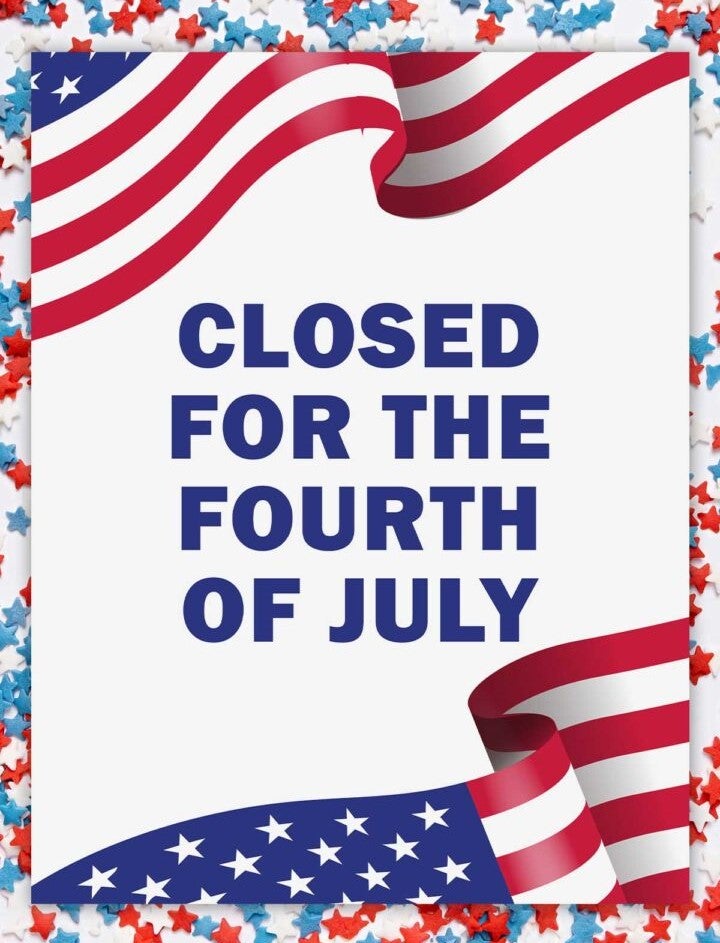Federal Reserve March meeting live stream press conference: Will the Fed raise interest rates today?
Published 8:52 am Wednesday, March 15, 2017
WASHINGTON (AP) — Sending signals loud and clear, the Federal Reserve has left little doubt that it will raise interest rates Wednesday for the third time since December 2015 to reflect a consistently solid U.S economy.
The rate increase will likely go down as one of the most telegraphed ever, given that several Fed officials, including Chair Janet Yellen, each let it be known over the past two weeks that they felt it was time to raise the Fed’s benchmark short-term rate.
The results of today’s Fed meeting will be announced during a press conference at 1:30 p.m. central time. You can watch that via live stream here below to see if the Fed announces an interest rate increase on 3/15/2017.
Their string of likeminded comments surprised many investors, who had assumed that the Fed would wait until probably June before raising rates again. The thinking was that the Fed would want to see whether President Donald Trump’s ambitious economic program of tax cuts, deregulation and higher spending on the military and infrastructure could pass Congress — and then assess how it might affect the economy.
But after the Fed officials each suggested that the economy’s gains had moved the central bank closer to its goals for employment and inflation, the likelihood of a rate hike after the Fed ends its latest policy meeting Wednesday shot from around 20 percent to near 100 percent as estimated by futures markets, according to data tracked by the CME Group.
Now, the guessing switches to how many times the Fed may raise rates during 2017 — whether three times, as the market now expects, or perhaps as many as four.
Yet regardless of the answer, the market seems far less nervous about the prospect of rate increases than it was in recent years. Investors seem increasingly confident that the U.S. economy is vigorous enough to withstand modestly higher borrowing rates.
Here are three things to watch for after the Fed’s meeting ends:
___
STATE OF THE ECONOMY
The Fed has managed its control of interest rates with exceeding caution, beginning with an initial hike in December 2015, which ended seven years of record-low rates near zero. It then waited an entire year before raising rates again in December last year.
But in recent weeks the view has taken hold, within and outside the Fed, that the U.S. economy has entered a new, stronger phase, with a job market near full health, rising consumer and business confidence, a sturdy housing market and inflation moving closer to the Fed’s 2 percent target. Nearly eight years after the Great Recession ended, the economy seems less and less to need the support of ultra-low borrowing rates.
A robust February employment report issued on Friday — 235,000 added jobs, brisk pay growth and a dip in the unemployment rate to 4.7 percent — was seen as the final major encouraging economic report the Fed needed to feel confident about announcing a rate increase.
What the Fed says in its statement Wednesday assessing the health of the economy will be parsed for clues to its thinking about the pace of future rate increases.
___
FORECAST AND DOT PLOT
Four times each year, the Fed updates the economic and interest-rate forecasts of the 17 members of its policy committee — five board members (there are two vacancies) and 12 regional bank presidents. Each policymaker offers his or her own anonymous forecast.
Investors and Fed watchers tend to scrutinize those projections to determine whether they think the central bank is growing more optimistic about growth, unemployment and inflation. A shift in sentiment toward greater optimism could indicate that the Fed is preparing to accelerate its pace of rate hikes.
Along with economic forecasts, the Fed releases what has come to be called the “dot plot.” This is an illustrated plot of dots, representing the expectations for each official for the path of the federal funds rate, the Fed’s key policy rate. In December, the Fed raised that rate to a range of 0.5 percent to 0.75 percent, still quite low by historical standards.
Fed officials stress that the dot plot is merely a projection of where rates might go and not at all a guarantee. At December’s meeting, the projection from the dot plot was that the Fed would raise rates three times in 2017. But some economists are wondering whether the new chart may estimate a higher number of rate increases, reflecting a brighter outlook for the economy.
___
YELLEN’S VIEW
On Wednesday, as she does after four Fed meetings each year, Yellen will hold a news conference. The Fed chair is likely to stress many of the points she has made in recent speeches: That while the Fed is raising rates, the pace of the increases will likely remain gradual and that rates will still be at historically low levels. For consumers and businesses, that means that while loan rates will rise, they will remain relatively low.
Yellen is sure to be asked for her views of the policies being pursued by the Trump administration. The president has vowed to double the economy’s growth rate to 4 percent from around 2 percent over the past nearly eight years. Trump has said his package of tax cuts, deregulation, a tougher trade stance and increased spending in such areas as infrastructure can achieve his growth goals.
But if the Fed starts to become concerned about inflation pressures at a time when the economy is at full employment, an increase in the pace of rate hikes could make it harder for Trump to achieve his goals.
While Trump was personally critical of Yellen during the presidential campaign, accusing her of favoring low rates to help the Democrats, he’s been silent on the Fed since winning the election. And members of his economic team, including Treasury Secretary Steven Mnuchin, have spoken of their desire to work with the Fed.





